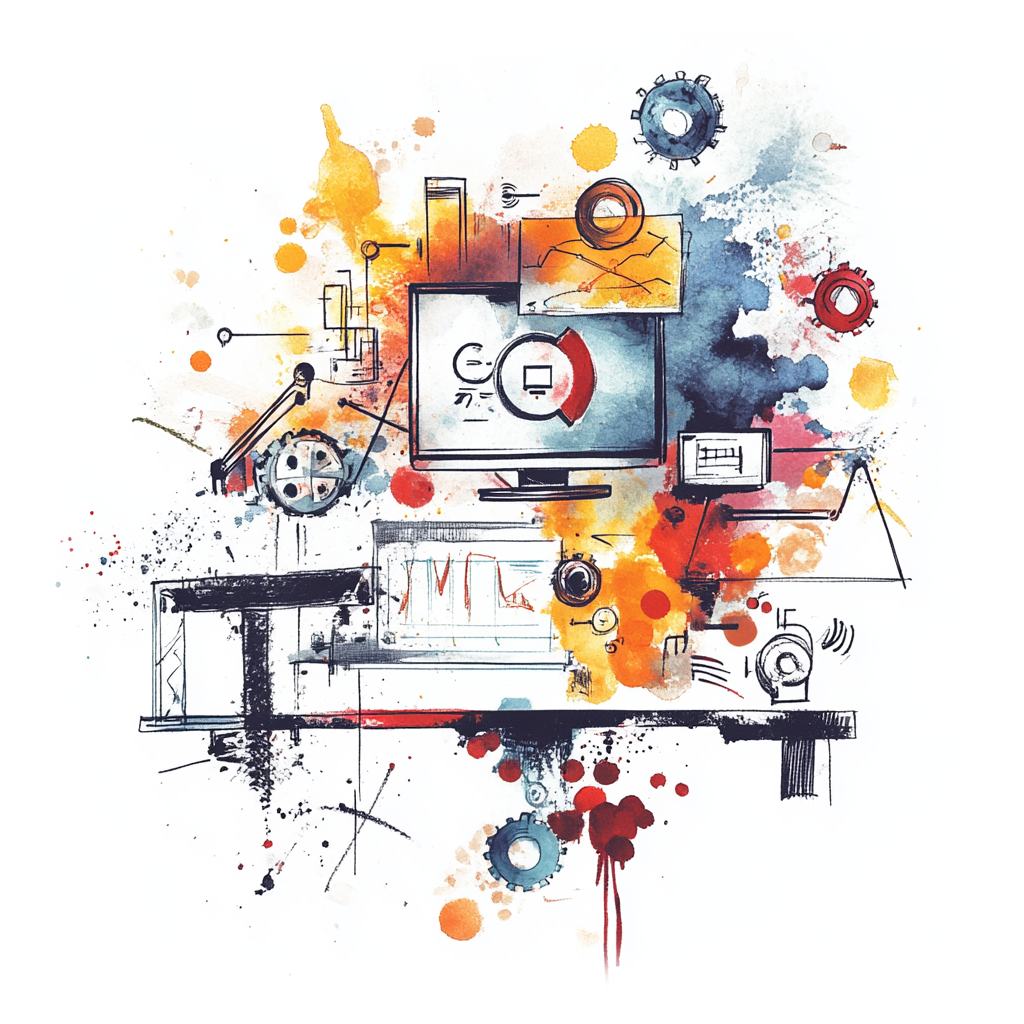Leveraging Self-Owned AI in Crop Production
Learn how Crop Production companies can leverage self-owned AI to enhance their operations and drive innovation.

Unlocking the Future: How Upstream Operators in Crop Production Can Harness Their Own AI
In today’s fast-paced agricultural landscape, where every seed sown and every drop of water used counts, the potential of technology is limitless. Imagine a world where upstream operators in crop production could harness their own AI to unlock insights, streamline operations, and make data-driven decisions. Sounds futuristic? Well, it’s happening right now, and it’s changing the game.
Real-World Use Cases of Your Own AI in Crop Production
-
Predictive Analytics for Crop Yields: Imagine being able to anticipate how much you might yield before you even plant. Your own AI can analyze historical weather patterns, soil health, and crop performance data to give personalized forecasts. It’s like having a crystal ball for your farming operations.
-
Optimized Resource Management: Water is life, but it can also be a costly resource. Your AI can monitor weather forecasts and soil conditions to determine the optimal irrigation schedule, helping to conserve water and reduce costs.
-
Supply Chain Optimization: Think about logistics. When is the best time to harvest? How can you reduce transportation costs? Your AI can provide recommendations based on real-time market data and historical trends, allowing you to make more informed decisions.
-
Risk Management and pest detection: Bugs and weeds can destroy a crop in a matter of days. With the help of image recognition and machine learning, your AI can analyze images from your fields to quickly identify pest infestations or diseases, enabling rapid intervention.
-
Tailored Crop Recommendations: Every farm is different. Your AI can analyze soil properties and local climate conditions to recommend the most suitable crops for your land, increasing your chances of success.
Why Go for Your Own Self-Hosted AI?
Now that we’ve covered some exciting applications, let’s discuss why having your own self-hosted AI—think of it as a magic toolbox—can be a game-changer for your operation.
-
Data Privacy: With your own AI, you’re in the driver’s seat. Your sensitive data stays in-house, minimizing the risk of data breaches that could happen with third-party solutions.
-
Custom Solutions: Every farm faces unique challenges, and a one-size-fits-all approach often misses the mark. By developing your own AI, you can tailor it specifically to your needs, ensuring it addresses your farm’s unique requirements.
-
Cost-Effectiveness: Over time, having your own AI could turn out to be more economical. You save on licensing fees, and the investment can lead to significant improvements in efficiency and productivity, ultimately yielding higher profits.
-
Flexibility and Control: Technology is fluid, and having your own AI gives you the flexibility to innovate and adapt as your needs change. No more waiting for updates or new features from a corporate provider.
Steps to Get Started with Your Own AI
Setting up your own AI may sound daunting, but fear not! Here’s a roadmap to get you going:
-
Identify Your Needs: Start by determining the specific challenges you face in your farming operations. Is it managing resources, predicting yields, or something else?
-
Gather Data: Data is the fuel that powers your AI engine. Collect and organize relevant data—from soil health to weather patterns. You may already have some of this data; now it's time to put it to work.
-
Choose Your Tools: There are many platforms and programming languages (like Python) that you can use to build your AI. If you're not tech-savvy, consider partnering with a tech firm specializing in AI solutions.
-
Build and Train Your AI: This is where the real magic happens. Using your collected data, you can start developing your AI model. Train it using machine learning techniques to ensure it learns and improves over time.
-
Deploy and Iterate: Once your AI is up and running, it’s time to test it out in real-world conditions. Monitor its performance, gather feedback, and continually tweak and improve the system.
-
Stay Informed: The technology landscape is always changing. Stay ahead of the curve by keeping an eye out for new developments in AI and machine learning that could benefit your operation.
Conclusion
With the right tools and insights, you can revolutionize your crop production operation. By harnessing your own AI, you stand to gain a significant advantage over competitors—saving time and money while maximizing productivity. It’s not just a trend; it's the future of agriculture.
As Malcolm Gladwell would say, "What we see as opportunity often lies hidden in the routine." So why not take the leap? Your land deserves it, and so do you. Dive into the world of AI, and watch your farm flourish like never before.
